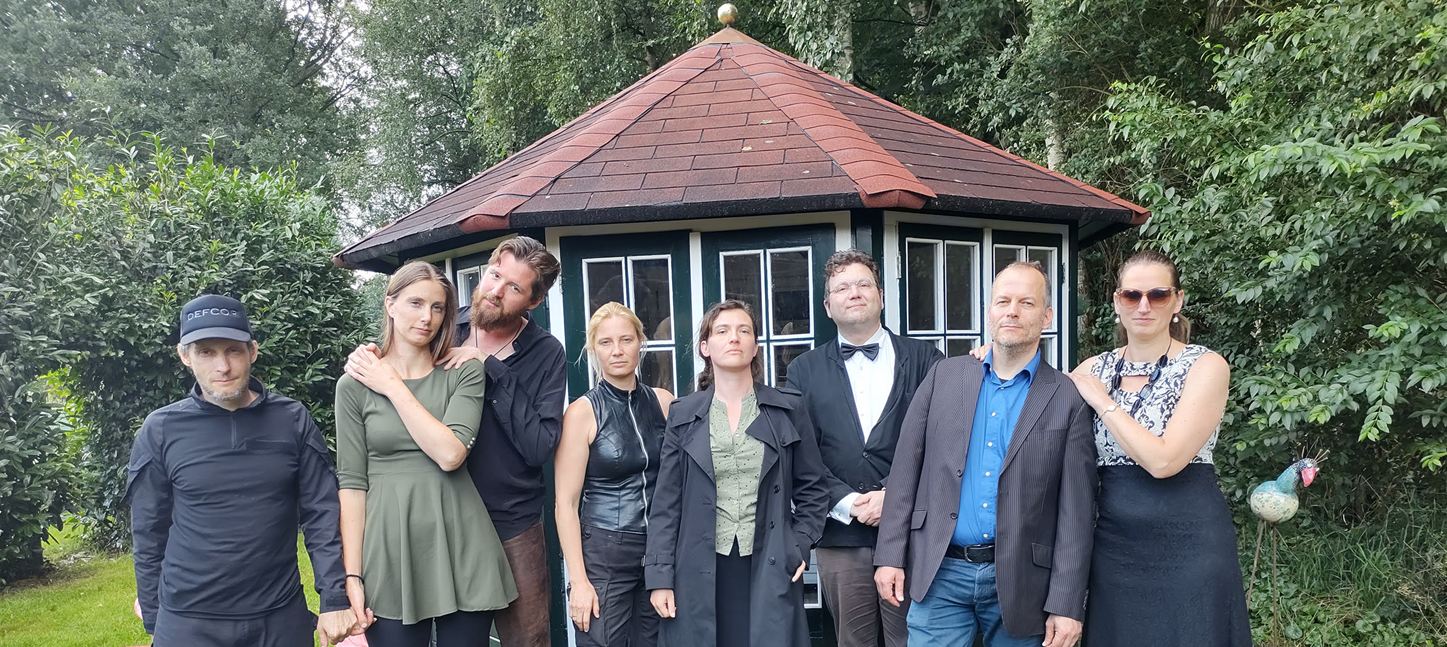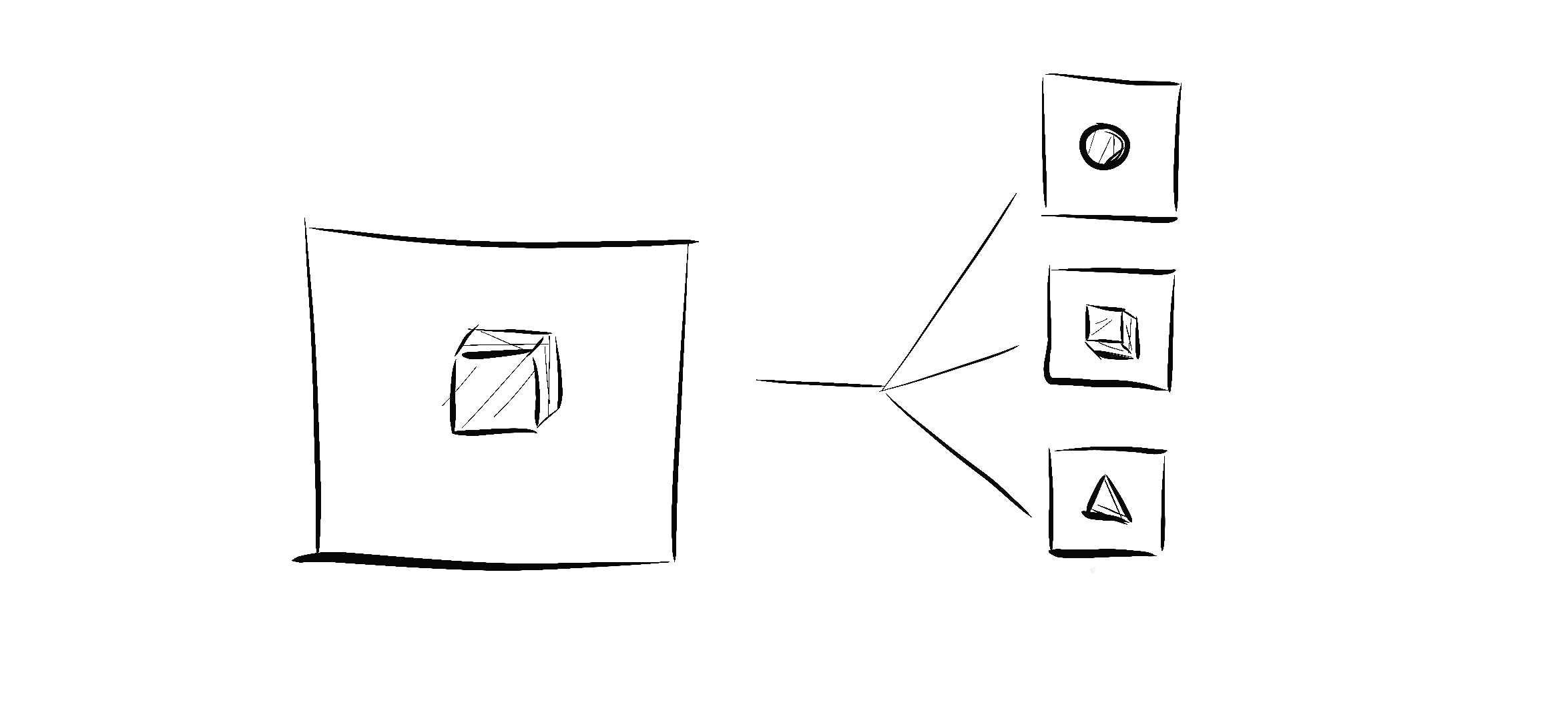Tag: design
-

Emotionally Pacing for Larps – How To Get the Best Rollercoaster Ride
“Pace yourself and pace your design. Intense emotional experiences become more available to you and more sustainable if you have variety to the intensity of your play, both as a designer and as an individual player.”
-

Games Never Played: or Composting ‘The Antarcticans’
“If larp is a co-creative practice, one that cannot exist without its players, what do we call larps that were never played? And what do we do with them? Can we still give them a life outside of ourselves, and enjoy their unpredictability?”
-

Improv Larp: How to Organize a Larp with the Least Amount of Effort
in
A collaboratively built experience co-created by all the participants together designed and played within the same weekend.
-

For Design
in
A response to the recent article ‘Against Design’ by Widing & Nordwall, arguing for the essentialness of design in larp practice.
-

Against Design
in
Stop using experience product delivery as the primary factor when evaluating larp projects.
-

The Hated Children of Nordic Larp – Why We Need to Improve on Workshops and Debriefs
in
We should design specific exercises that fit the larp and the experience we want to create.